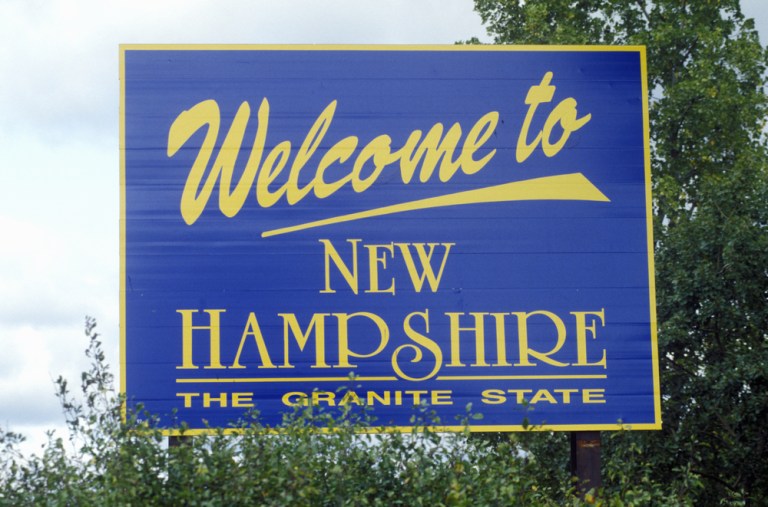
The presidential primary may dominate New Hampshire’s news today, but longer-lasting trends are in place that transcend who takes the vote today or even the White House come November.
That would be the health of the businesses that really drive the local economies: the so-called “store front” businesses that line the main streets and side streets of those local communities.
Speaking broadly, those businesses, as measured through the end of 2015 (and there, obviously, is a “rearview mirror” component here), have done well. Looking at the measures of health for all 3.4 million of them tracked in the U.S., they’ve actually done better than well. According to the CAN Capital Store Front Business Index (SFI), they’ve grown faster than the U.S. economy overall, no mean feat given the consistent headwinds of worries over the stock market and the first rate hike in over nine years, courtesy of the Federal Reserve.
Theoretically, such headwinds should cause consumers — and the small businesses that serve them — to pull back a bit on the purse strings. For store fronts, that would mean no growth, but that has not shown up in the numbers, where the most recent reading showed the SFI at 112.9, indicating nice expansion.
But, as always, the devil is in the details.
And, on a state-by-state basis, New Hampshire falls a bit short — not a slide, not a recession, but growth that pales a bit in comparison to the broader indices.
The health of store front businesses in the state itself indexed at 106.7, which shows some growth but less than that experienced overall by their counterparts across the U.S. — and even less than those in the Northeast region.
So, not bad but not great, measured against a smaller arena, at least speaking geographically.
And yet, there’s a troubling trend here and one that may give a nod to some of the issues roiling the state into primary season and beyond, regardless of party affiliation.
The 106 number just quoted, at the second quarter of 2015, is lower than the 109.3 seen at the same period in 2014, and all of that data, of course, shows growth off the 2007 starting point (where, for our purposes, the index stood at 100).
One telltale for the overall health of store fronts is the growth in number of establishments, both historically and looking forward. That’s been slowing, at 2 percent overall, and overall has been noted to be the smallest contributor to growth. According to our data, the greatest growth, in terms of actual business growth, has been, and will remain, in the Mountain region and also the South — nary a blip from New England on that front, which indicates that growth will come from employee expansion at existing store fronts and wages. On the former point, we may have to see a tempering of stock market volatility and perhaps even job growth (which has also slowed a bit nationwide) until hiring surges. On the latter point, rate hikes may or may not mean inflation is kept in check, and if not, then wages will have to keep pace.